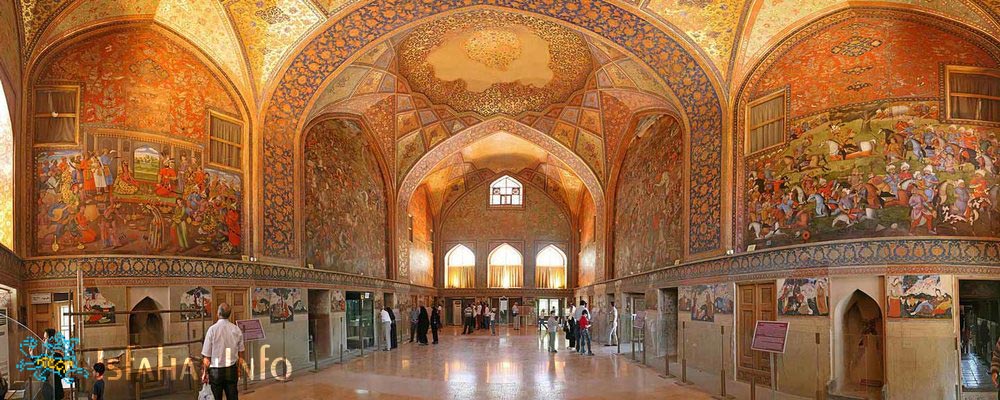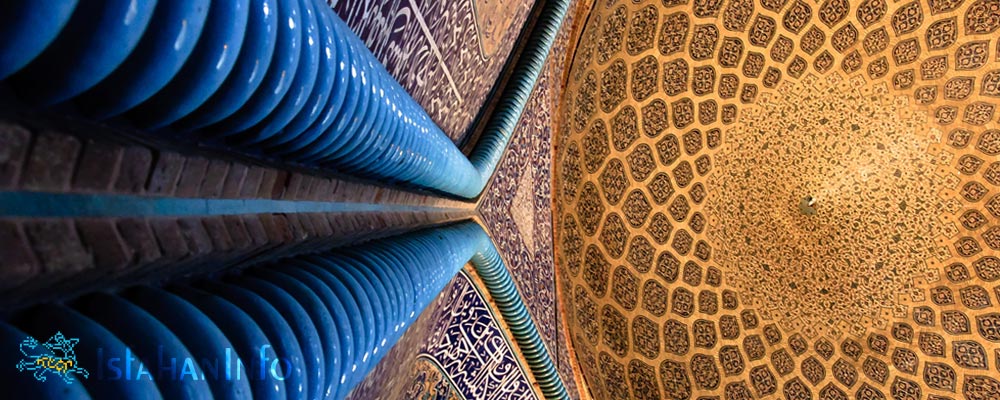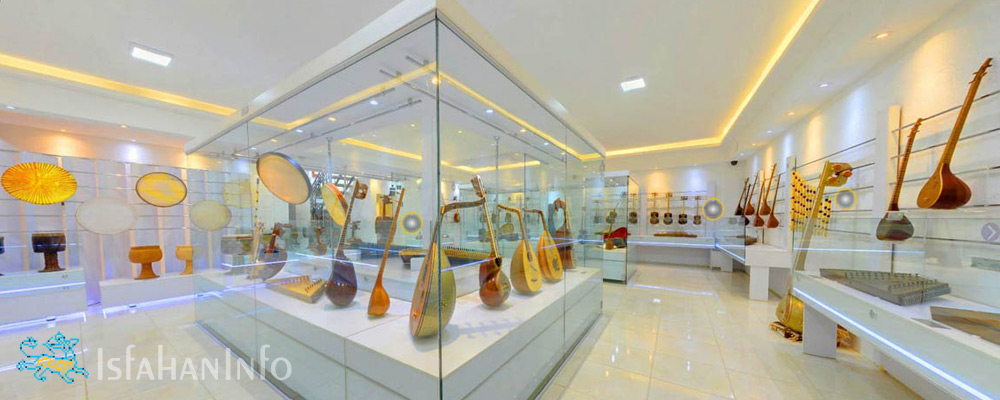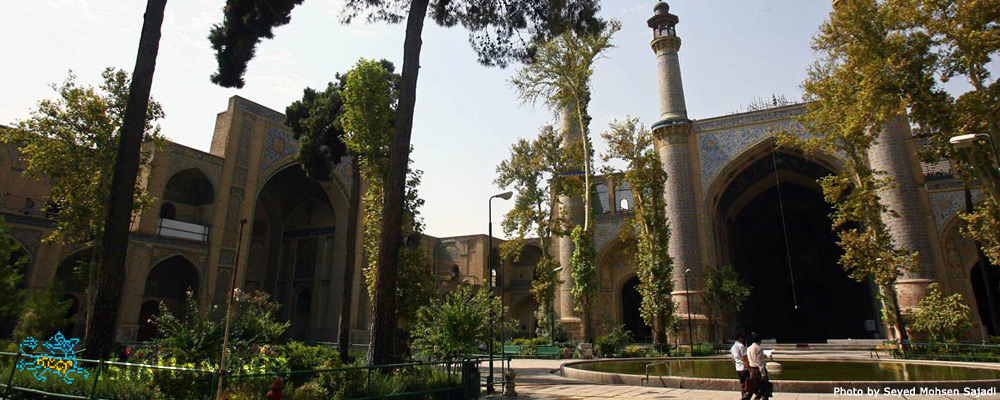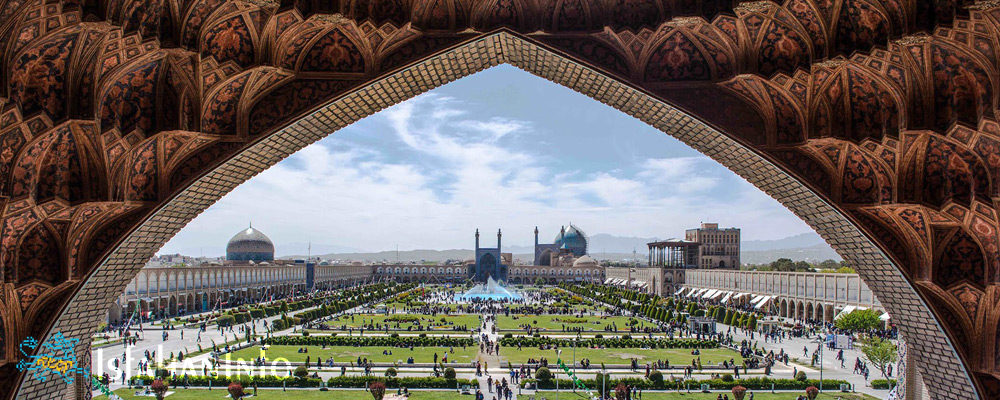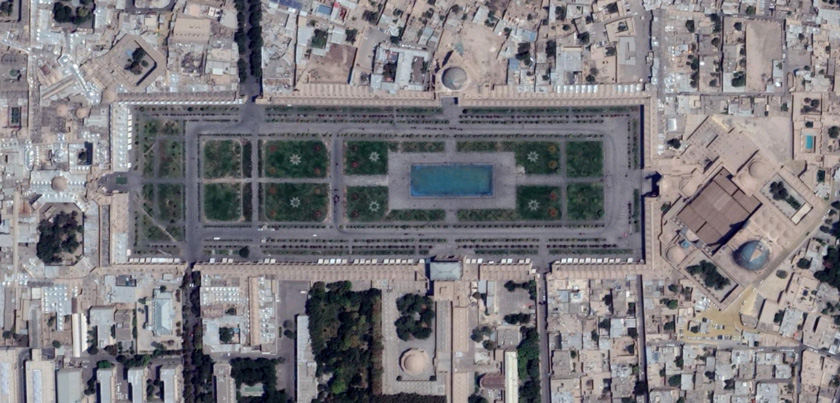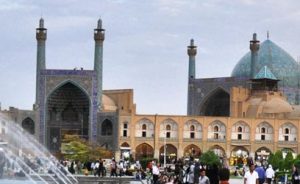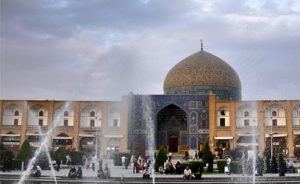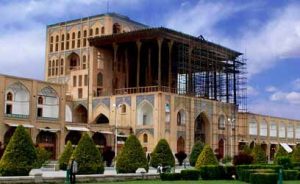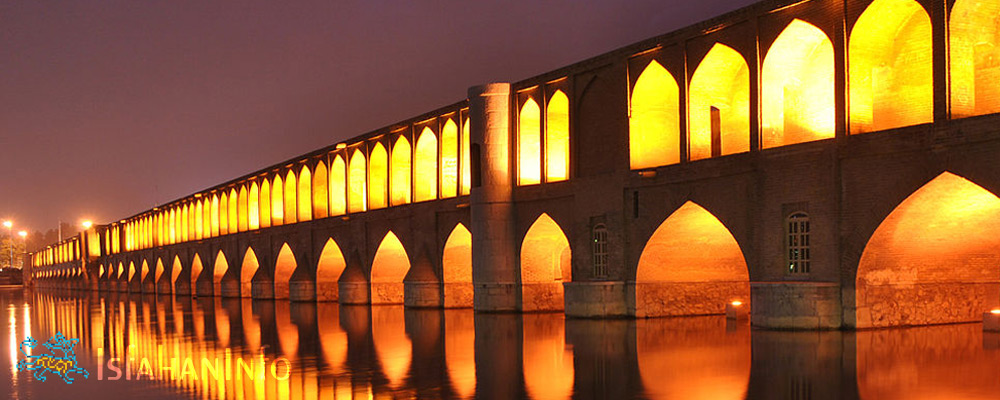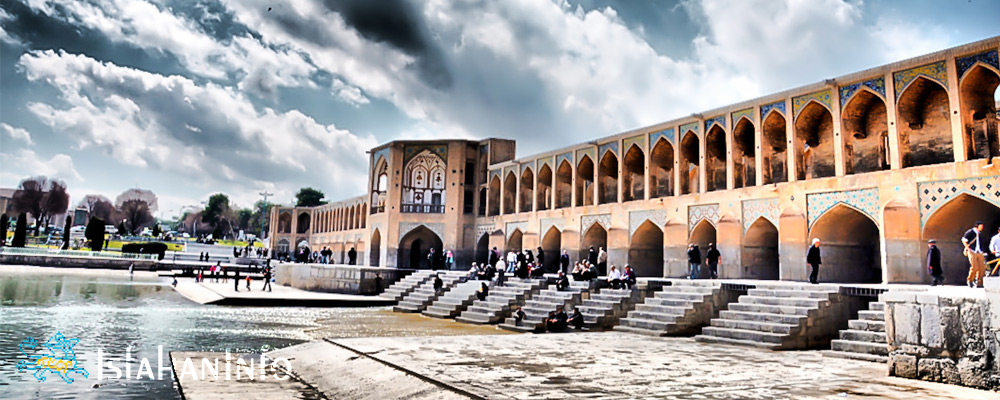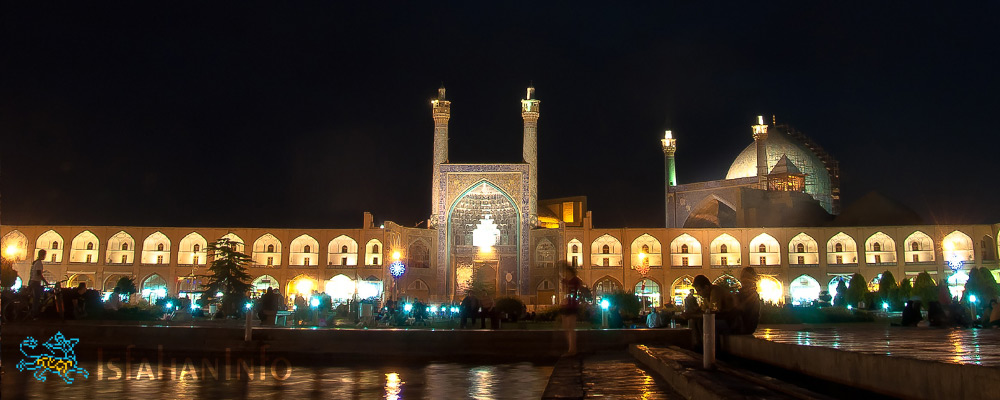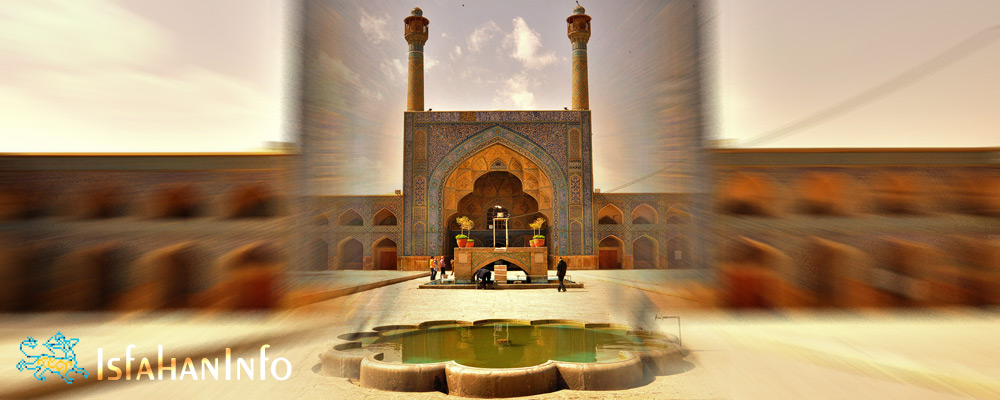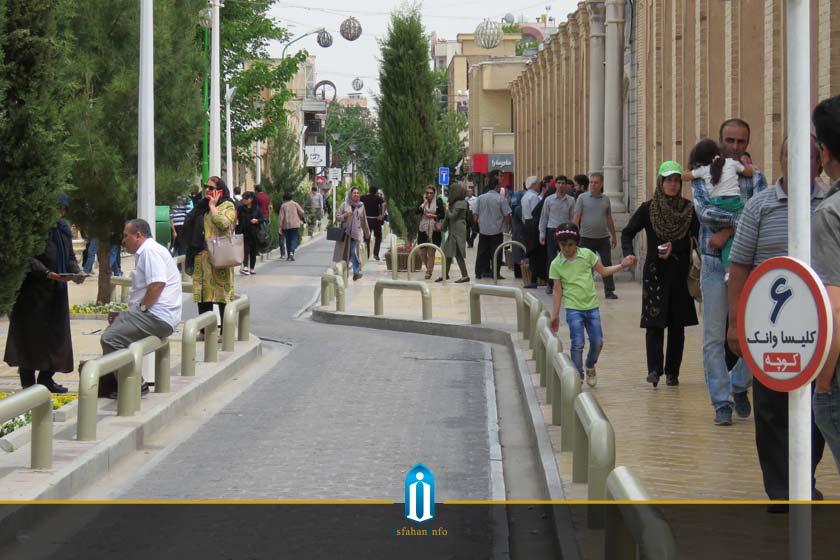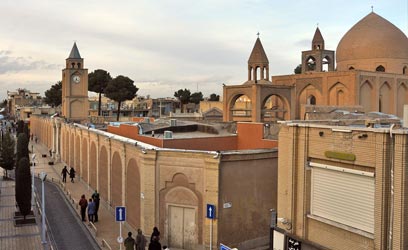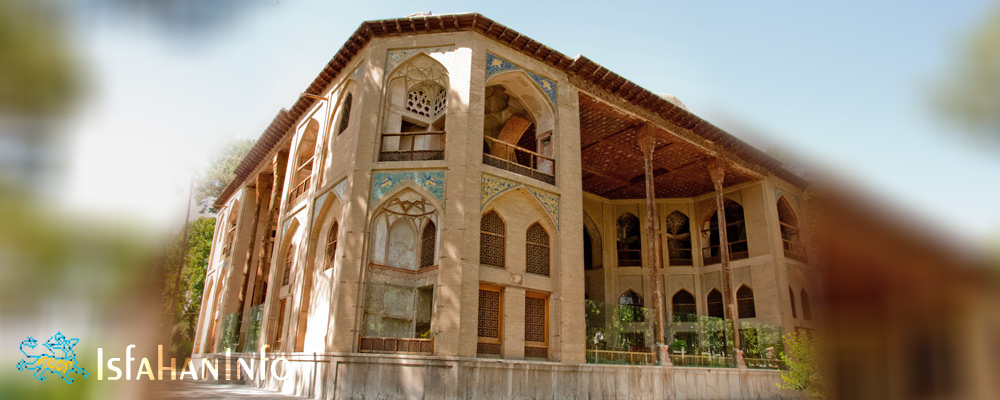Chehel Sotun Palace
Kakh-e Chehel Sotun
Built as a pleasure pavilion and reception hall, using the Achaemenid-inspired talar (columnar porch) style, this beautifully proportioned palace is entered via an elegant terrace that perfectly bridges the transition between the Persian love of gardens and interior splendour. The 20 slender, ribbed wooden pillars of the palace rise to a superb wooden ceiling with crossbeams and exquisite inlay work. Chehel Sotun means ‘40 pillars’ – the number reflected in the long pool in front of the palace.
The only surviving palace on the royal precinct that stretched between Naqsh-e Jahan (Imam) Sq and Chahar Bagh Abbasi St, this Safavid-era complex is reputed to date from 1614; an inscription uncovered in 1949, however, says it was completed in 1647 under the watch of Shah Abbas II. Either way, the palace on this site today was rebuilt after a fire in 1706.
The Great Hall (Throne Hall) is a gem, richly decorated with frescoes, miniatures and ceramics. The upper walls are dominated by historical frescoes on a grand scale, sumptuously portraying court life and some of the great battles of the Safavid era – the two middle frescoes (Nos 114 and 115) date from the Qajar period but the other four are original. From right to left, above the entrance door, the armies of Shah Ismail do battle with the Uzbeks; Nader Shah battles Sultan Mohammed (astride a white elephant) on an Indian battleground; and Shah Abbas II welcomes King Nader Khan of Turkestan with musicians and dancing girls.
On the wall opposite the door, also from right to left, Shah Abbas I presides over an ostentatious banquet; Shah Ismail battles the janissaries (infantrymen) of Sultan Selim; and Shah Tahmasp receives Humayun, the Indian prince who fled to Persia in 1543. These extraordinary works survived the 18th-century invasion by the Afghans, who whitewashed the paintings to show their disapproval of such extravagance. Other items, including Safavid forebear Safi od-Din’s hat, are kept in a small museum.
The palace’s garden, Bagh-e Chehel Sotun, is an excellent example of the classic Persian garden form and was recently added to UNESCO’s World Heritage list (Read More…). An ancient fallen pine resting on a plinth gives a sense of the great age of the garden. The polished noses of the lions on the standing water spouts at the head of the decorative pool hint at this being a favourite spot for a photograph of the garden’s perfect symmetry. Art students have set up a calico shop at the garden’s entrance selling Iran’s popular printed fabric.
(Source: lonelyplanet.com)
Overview
Opening Hours
Daily Hours: 9 AM – 6 PM
Closing Days in 2019
26 May
4 June
9 September
10 September
27 October
Location
Sepah St., Imam Hossein Sq., Isfahan, Iran
Contact
(+98) 31 3222 0181
Price
200,000 Rls

